Uses for Bicarb Soda
This website may earn commissions from purchases made through links in this post.
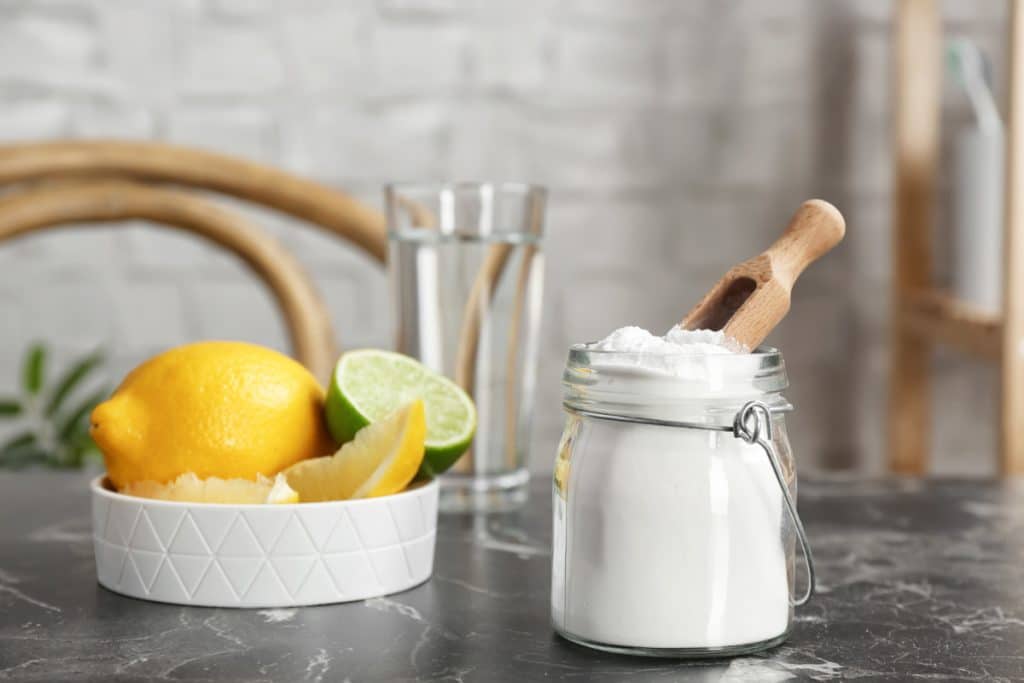
Bicarbonate Soda is my favourite cleaning agent. It is a little miracle cleaner that can clean just about anything. And it is both cheap and non-toxic. Coupled with vinegar and you’ve got just about every cleaning task in the house covered.
But you can do more than just clean when it comes to bicarb. It’s a natural deodoriser, stain remover and you can even use it in cooking :).
My tips for using bicarb as a cleaner are:
- Get one of those cheap kitchen shakers (pictured) to make sprinkling bicarb easier.
- A little goes a long way, use too much and you end up with a powdery residue on your benchtops. Wipe off with a clean cloth dampened with vinegar, water or all-purpose spray.
Here are just a few ways that you can use bicarb around the home. If you need to clean something (like crayon off walls for instance) reach for the bicarb first, chances are it will do the job.
- A small container of bicarb in the fridge helps absorb odours.
- Sprinkle on a damp cloth and wipe over the inside of crockery cups to remove tea and coffee stains.
- Sprinkle a little on a damp cloth and use to clean. Wipe over afterwards with the all-purpose cleaner.
- Bicarb on a damp cloth removes stains from benchtops, soap scum from showers and rust from sinks. Use in the same way to clean the oven.
- To unblock sinks pour 1 tbsp. of bicarb and 3 tbsp. of vinegar down the drain. Allow to fizz and then pour a kettle full of boiling water down the drain.
- Sprinkle bicarb soda over the carpet. Leave for a few hours and vacuum as usual. Deodorises carpet. Add a few drops of essential oil before sprinkling over carpet for a fresh smell.
- Soak porous surfaces such as chopping boards in a mixture of bicarb soda and water to remove strong food odours. Also useful for bottles and jars and food and drink containers.
- Remove tarnish from silverware with a paste of bicarb and water. Apply with a damp cloth and rub clean.
- Soak pot and pans with burnt-on food overnight in warm water and 2 tbsp. bicarb soda.
- Combine with a small amount of water and use as a paste on acne.
- Sprinkle inside shoes to deodorise.
- Remove liquid stains from carpet by pouring a liberal amount of bicarb on the fresh stain and leaving to dry, before vacuuming off.
- Add 1/2 cup bicarb to your bath to soften your skin.
- Add to your wash to soften clothes.
- Add to water and swish as a mouthwash.
- Dust bicarb soda underarms as to absorb sweat and odours.
- Add to kitty litter to absorb odours.
What are your tips for using bicarb soda?

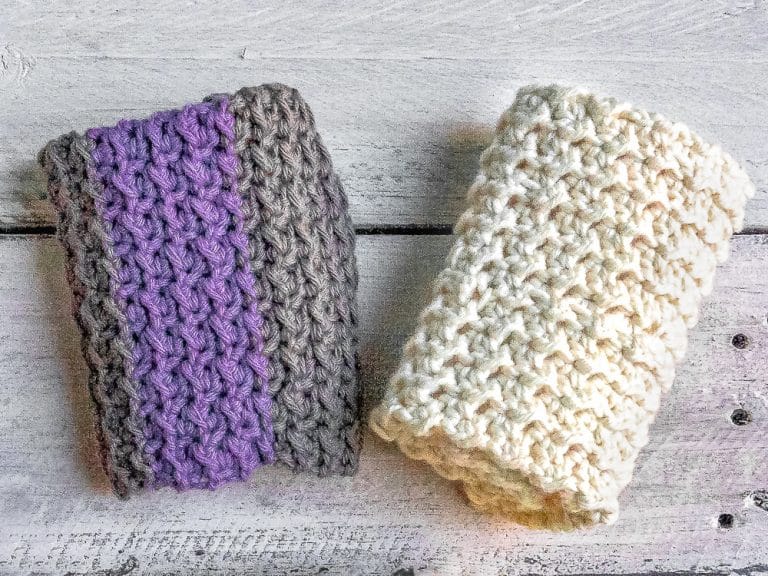

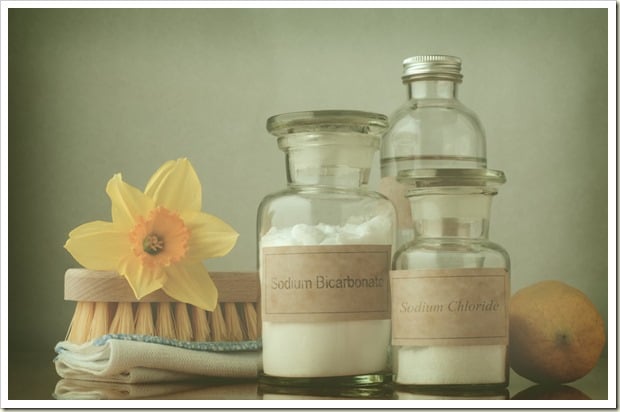

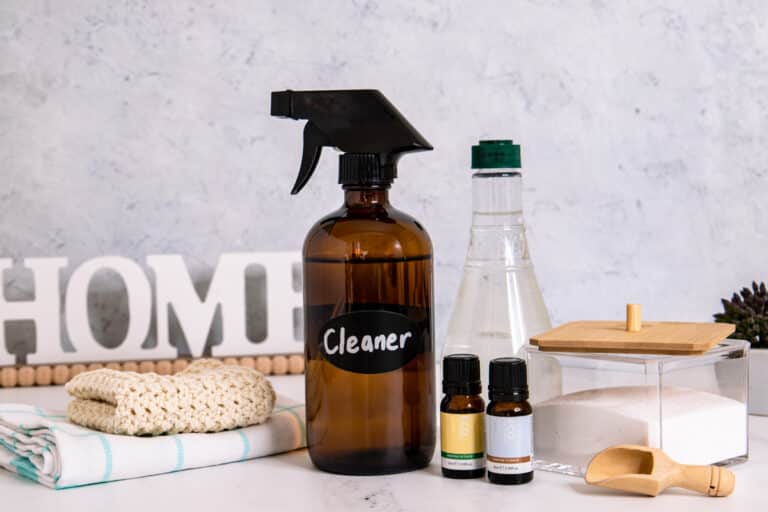
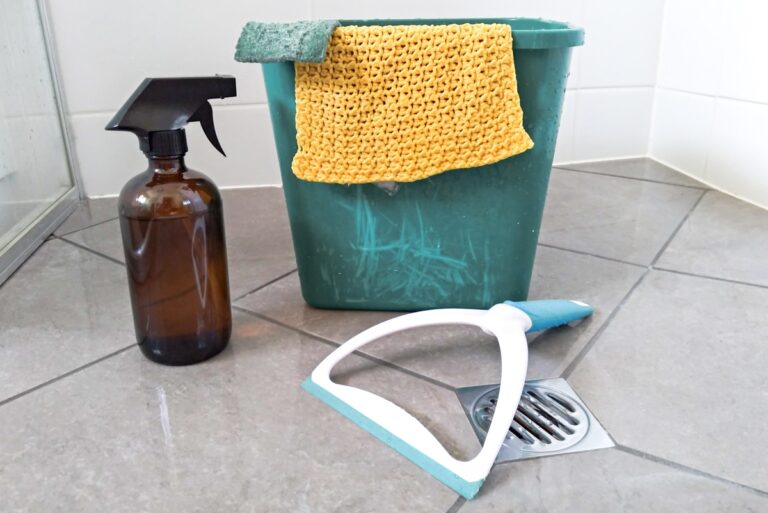
I couldn’t go without bicarb either! I’ve been washing my hair with it for over 2 years, no need for shampoo. Just remember to rinse with diluted lemon juice or vinegar to restore the pH balance of your scalp and hair.
We keep a small container of bicarb right by the kitchen sink, and use it often when doing the dishes. It’s a great grease cutter.
Hi Ophelia,
We also have a shake container of bicarb at the sink. It works well for baked on foods too!
I tried bicarb and vinegar on my hair for about a month and it didn’t really work for me. I’ve been using natural soap instead, which is a little better, but still not great. My friend was a little aghast I think at the thought of soap as shampoo – she bought me some organic shampoo for my birthday!
How do you wash your hair with bicarb and vinegar? Do you keep it in a bottle in the shower? Just wondering about the practicalities. I think I might try it again. I hear a lot how good bicarb and vinegar is for hair. Maybe I was doing it wrong.
You probably aren’t doing it wrong, it just takes time for your hair to adjust – I wouldn’t think that one month would be enough time. Truthfully, you have to be committed to this method because it can be a rocky road while you learn to be intuitive with quantities, variations, etc.
Over the 2 years I’ve been doing this I’ve had plenty of bad hair days, especially at the beginning, and every now and then even now. Just a few weeks ago I was seriously considering whether or not I wanted to continue…but persevering and tweaking the routine a little has been just the ticket, and things are going well again.
I don’t use vinegar because I have oily hair (and dry ends), and the vinegar makes it lank and greasy looking. Lemon juice works well for me.
Something I do when my hair isn’t responding well (by the way, I had this problem even when I was using shampoo – had to rotate brands constantly), is to stop washing it for a while, or stop lemon juice, or use soap. Something different, whatever it is. After a few days of that, I find that going back to the bicarb gives fantastic results! My hair is long enough to tie back, so bad hair days don’t even show.
To answer your question, I keep the bicarb as powder in a plastic container on my shower shelf, along with a Coles brand lemon juice bottle, a small container of honey, and a metal cup with a teaspoon in it. A few teaspoons of bicarb (actually I just shake the bicarb into my hand, no measuring, you get to know what you need over time) in the metal cup, mix with water to no more than 250ml, mix around, pour over head, massage scalp, massage hair only when needed such as after an oil conditioning treatment. Rinse. Follow with a teaspoon of lemon juice in the metal cup, dilute with water as before, pour over head, rinse.
Once a week I mix a teaspoon of honey with the bicarb before adding water, use a small amount as a mild scrub on my dampened face, mix the rest with water and wash hair as described above. Rinse with diluted lemon juice.
Having the bicarb in the shower is great – I clean the shower with it while I’m in there.
People do give you funny looks when they hear you don’t use shampoo, don’t they! Redefining normal in our own way, as it feels right, for our own reasons, no matter what anyone else thinks, is so much fun.
Thank you for your continuing inspiration for my frugal journey!
Thanks for your advice. I used vinegar for a while and that’s exactly how my hair turned out, so I’ll give lemon juice a go. I figured after using soap for almost a year that my hair would just adjust to bicarb (it’s also been several years since it’s had chemical shampoos on it), but you’re probably right, I need to give it longer. When my new shampoo runs out (I’m using it in very small amounts to make it last, I have to admit, it is lovely) I’ll give bicarb and lemon another try. Thanks again for your advice!
A colleague referred me to your website. Thnx for the details.